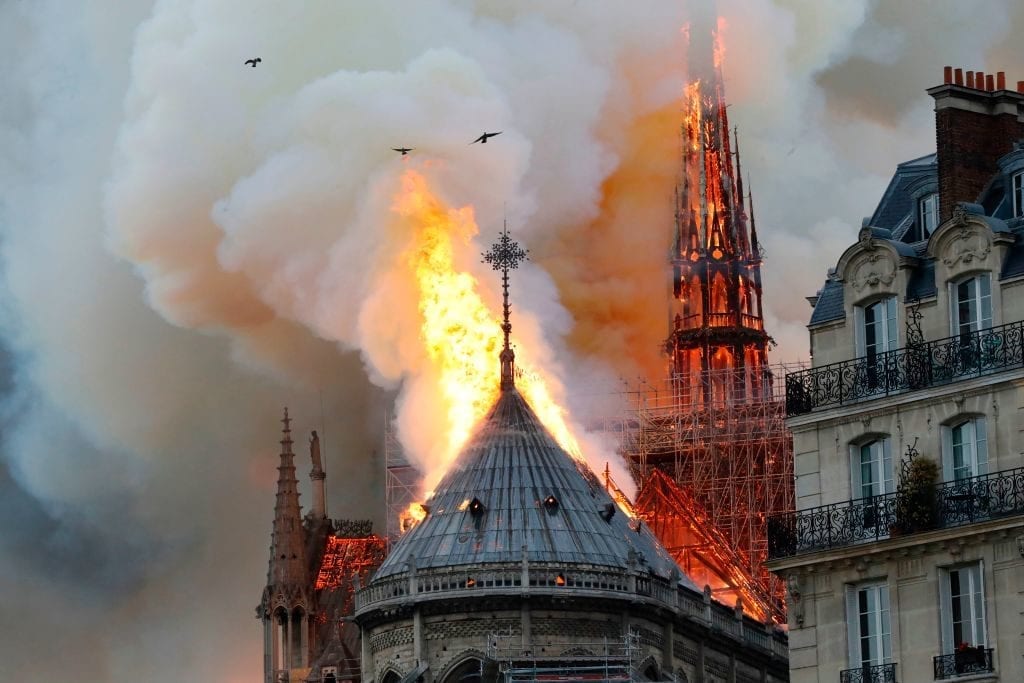As I followed the coverage of the devastating fire at Notre Dame Cathedral a few weeks ago, one element that stood out to me was how deeply grieved people were all over the world by the extensive damage to this place. This building. These walls. These spires. These pews. This statue. This artwork. This window. And so on. It was a dramatic reminder of how deeply we are connected to place and space, and how so much of our sense of identity and meaning is rooted in and shaped by it. It is very telling, I think, that there is such intense debate over how such a space should be repaired, replaced, or updated. Such conversation seems nothing short of an existential exercise, as we wrestle with the complexity of being profoundly shaped by space, grieving the loss of that space, wondering if space in our present time isn’t commodified strictly for utility more than designed for aesthetic and identity formation. The adage, “they don’t make ‘em like they used to,” is perhaps a more tragic sentiment than we anticipated.
As human beings we are necessarily and inextricably bound to place and to space. The implications of this truth for ministry are complex. On the one hand, there are the deep “theological” issues – creation, bodies, beauty, relationships, liturgics, etc. As Willie Jennings puts it, “Place matters to God.” He writes, “The deepest theological distortion taking place is that the earth, the ground, spaces, and places are being removed as living organizers of identity and as facilitators of identity (Jennings, Christian Imagination, Yale, 2011, 39) And yet there are also the unavoidable daily, “practical” realities that figure into this theology: the financial burden that so many of our buildings are becoming, what place and space mean for ministry in the midst of a digital revolution, what the signs, symbols, and aesthetic of our spaces communicates both explicitly and implicitly, the socio-political and economic realities of how space is being re-configured in our communities at an unprecedented pace, how liturgical space functions across generations, etc.
In our interactions with ministry leaders across the U.S. and Scotland, we are seeing very clearly that this complex challenge of place and space is rapidly ascending to the top of the priority list . Many of you are right now making very difficult decisions about what to do with a building or ministry location(s). Others of you are doing extraordinarily creative things with space and place, experimenting with the various spaces in your community and beyond, developing new ways space to nurture faithfulness.
So, let’s have a conversation about “space.”
- What are we to do with “space” – theologically, practically, and otherwise – that can help sustain ministry in imaginative, creative ways?
- What experiences do you have? What questions? What challenges? What ideas?
We’d love for you to share your reflections on this complex topic with us, the rest of the MM network, and beyond. If you’d like to contribute, please email Llong@MMinistry.org








No Comments